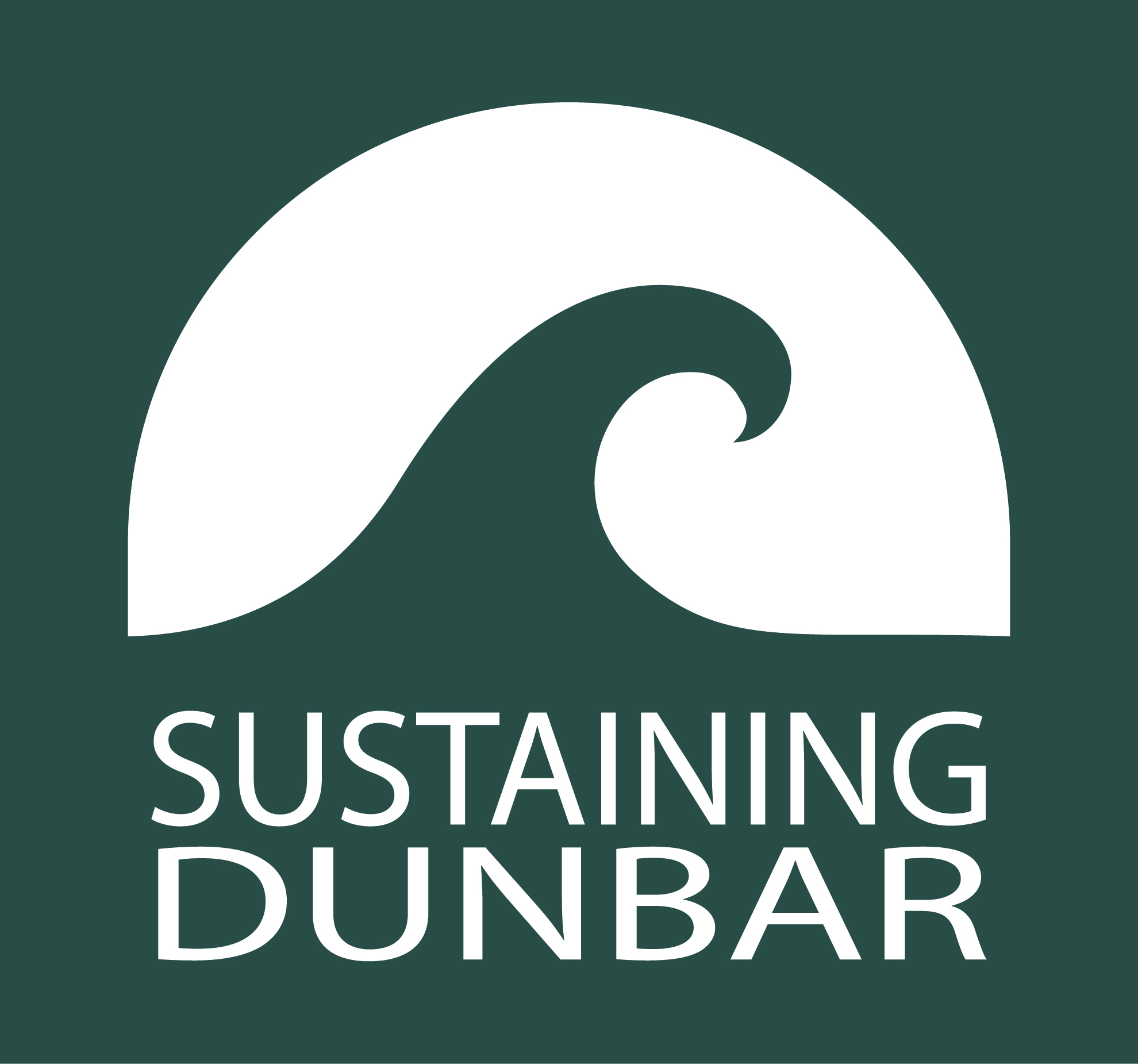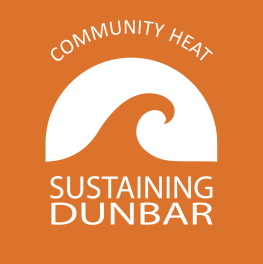Our volunteer run Community Heat Team project has now launched. The team are available to carry out an evening infra-red heat survey inside your home to highlight where your home is losing heat – enabling you to take action to reduce heat loss. This could save you money, help you stay warmer and help reduce CO2 emissions.
Our Community Heat Team volunteers will use a handheld thermal camera that can ‘see’ the heat or infrared radiation given off by objects to take thermal images of the inside of your property.
Following the survey, you will receive a visual report with these thermal images so as to help you locate many sources of heat loss, such as draughts, areas of missing insulation, damp patches, cold bridging from the outside and so on. The team will signpost you to sources of further advice and support.
The team is initially prioritising properties in or near Dunbar town centre. Survey slots are now open for booking HERE
We will be opening up new slots for booking on a regular basis over the coming weeks.

